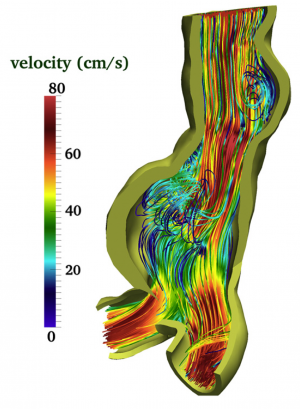Once an anatomical model is constructed in the form of an implicit surface a mesh must be generated to perform the numerical simulations. For this reason we also develop a tool to generate suitable grids for CFD simulations. This step is critical since the mesh can change the accuracy of the numerical results and the efficiency of numerical methods, e.g. the computational time or convergence. Our tool is developed in vmtk (the Vascular Modeling Toolkit) and it consists in a set of algorithms for:
- interactive surface mesh correction,
- surface processing (like inlet/outlet opening, flow extension generation etc.),
- interactive mesh clip (e.g. for the creation of a physiological inlet in aorta),
- global and/or local surface re-meshing and refinement,
- fluid tetrahedral mesh generation,
- wall tetrahedral mesh generation,
- volume and surface flags generation for the definition of different regional thickness and physical properties.
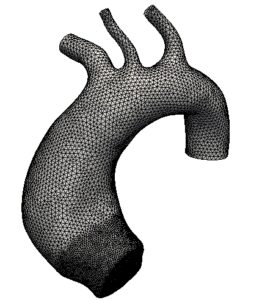
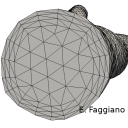
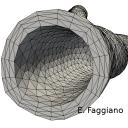
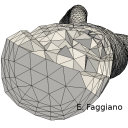
Thesis:
- S. Zonca – Isotropic volume and surface mesh adaptation driven by a Zienkiewicz-Zhu error estimator with an application to haemodynamics – MSc in Mathematical Engeneering, Politecnico di Milano – Advisors: S. Perotto, E. Faggiano – A.Y. ’12-’13


